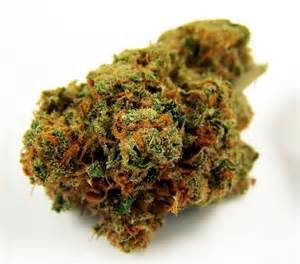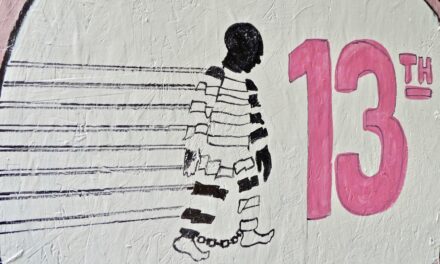• Harold Varmus, MD, has an op-ed in the March 22 New York Times bemoaning Trump’s proposal to cut funding for the National Institutes of Health by about 18%. Varmus, once an English major was the director of NIH from 1993 to 1999 and of the National Cancer Institute from 2010 to 2015. Donna Shalala described him as “the best hire of the Clinton Administration.” He opines:
“As I have learned from my own time at the N.I.H., this is not about Republicans versus Democrats. It is about a more fundamental divide, between those who believe in evidence as a basis for life-altering and nation-defining decisions and those who adhere unflinchingly to dogma. It is about a conception of national leadership that connects our economic success and our security to the generation of knowledge…”
Ufortnuately, Varmus’s definition of “evidence” is narrow and elitist. He was director of NIH when California voters legalized medical marijuana in November, 1996. He sniffed, “I don’t think anyone wants to settle these issues by plebiscite,” and called for “a way to listen to the experts on these topics.” In January, ’97, Varmus directed Alan Leshner of the National Institute on Drug Abuse to convene a meeting of said experts. They assembled in Washington in February.
Not surprisingly, the experts cited the lack of evidence—by which they meant double-blind, placebo-controlled clinical trials— showing that marijuana is safe and effective medicine.
• Sent by Nancy Sajben, MD: Jeff Sessions, Anti-Weed Crusader, Was a Shill For Big Tobacco.
• Joe D. Goldstrich, MD, provides Kevin Hill’s paper in JAMA March 14, “Cannabis Use and Risk for Substance Use Disorders and Mood or Anxiety Disorders.” (We had written an item based on the abstract.) What follows is a simple-sounding assertion of facts that exemplifies Hill’s slick inversion of reality:
“Adult cannabis use has increased steadily while the perception of risk for cannabis has declined.”
What a coincidence —as if the two phenomena just happened to occur in chronological parallel! In fact, the perception of risk for cannabis has declined as more and more people have become legal medical users and their families and friends have been able to judge the herb’s effects for themselves.
• From Paul Armentano via Dale Gieringer: Medical Marijuana Laws associated with reduced hospitalizations due to opioids
“Medical marijuana legalization was associated with 23% (p=0.008) and 13% (p=0.025) reductions in hospitalizations related to opioid dependence or abuse and OPR overdose, respectively; lagged effects were observed after policy implementation.”
• George Weinberg’s obituary in the New York Times described him as “the psychotherapist who, in the mid-1960s, observed the discomfort that some of his colleagues exhibited around gay men and women and invented a word to describe it — homophobia.” From the informative account by William Grimes:
A group of colleagues, learning that a friend he was bringing to a party was a lesbian, asked that he disinvite her. He sensed not just dislike, he said, but also fear — a fear so extreme that it suggested some of the characteristics of a phobia.
“I coined the word homophobia to mean it was a phobia about homosexuals,” Dr. Weinberg told Gregory M. Herek, a professor of psychology at the University of California, Davis, in 1998. “It was a fear of homosexuals which seemed to be associated with a fear of contagion,,,
The invention of the term was “a milestone,” Dr. Herek wrote in the journal Sexuality Research & Social Policy in 2004. “It crystallized the experiences of rejection, hostility and invisibility that homosexual men and women in mid-20th-century North America had experienced throughout their lives.
“The term stood a central assumption of heterosexual society on its head,” he continued, “by locating the ‘problem’ of homosexuality not in homosexual people, but in heterosexuals who were intolerant of gay men and lesbians.”
Dr. Weinberg discussed his ideas with the gay activists Jack Nichols and Lige Clarke, who used the new term in a column they wrote for Screw magazine on May 5, 1969, discussing the fear felt by straight men that they might be gay. It was the word’s first appearance in print…





